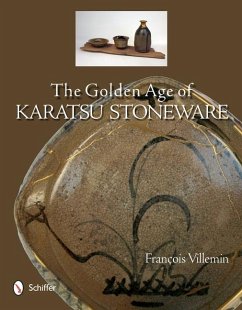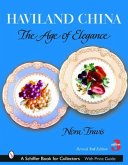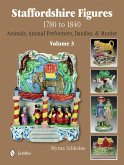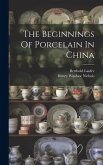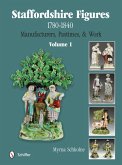Over 400 beautiful color illustrations and well-researched text reveal the historically and artistically significant Japanese Karatsu ware of its golden age of the 16th and 17th centuries. In the world of Japanese tea, there are three ceramic forms most highly valued: Raku, Hagi, and Karatsu. The austere beauty and elegant simplicity of Karatsu is everything the tea ceremony requires. Recent archaeological discoveries in the northwest area of the southern island of Kyushu cast a new light on Karatsu's origins. Explanations of the original firing and glazing techniques are provided. Discover Karatsu's unique character, the sober beauty of its production, the soothing appearance of its clay, and the abstract, yet natural designs. Enjoy the soothing beauty of the table and kitchenware, bowls and cups, tea ware and sak vessels decorated with a variety of natural and geometric designs. See why Karatsu potters today take inspiration from these golden age pieces. Most of the wares presented here are previously unpublished pieces that today are considered genuine works of art.
Hinweis: Dieser Artikel kann nur an eine deutsche Lieferadresse ausgeliefert werden.
Hinweis: Dieser Artikel kann nur an eine deutsche Lieferadresse ausgeliefert werden.

